Archives
- 2025-11
- 2025-10
- 2025-09
- 2025-03
- 2025-02
- 2025-01
- 2024-12
- 2024-11
- 2024-10
- 2024-09
- 2024-08
- 2024-07
- 2024-06
- 2024-05
- 2024-04
- 2024-03
- 2024-02
- 2024-01
- 2023-12
- 2023-11
- 2023-10
- 2023-09
- 2023-08
- 2023-06
- 2023-05
- 2023-04
- 2023-03
- 2023-02
- 2023-01
- 2022-12
- 2022-11
- 2022-10
- 2022-09
- 2022-08
- 2022-07
- 2022-06
- 2022-05
- 2022-04
- 2022-03
- 2022-02
- 2022-01
- 2021-12
- 2021-11
- 2021-10
- 2021-09
- 2021-08
- 2021-07
- 2021-06
- 2021-05
- 2021-04
- 2021-03
- 2021-02
- 2021-01
- 2020-12
- 2020-11
- 2020-10
- 2020-09
- 2020-08
- 2020-07
- 2020-06
- 2020-05
- 2020-04
- 2020-03
- 2020-02
- 2020-01
- 2019-12
- 2019-11
- 2019-10
- 2019-09
- 2019-08
- 2019-07
- 2019-06
- 2019-05
- 2019-04
- 2018-11
- 2018-10
- 2018-07
-
br Experimental br Acknowledgment br Introduction The NADPH
2025-03-03
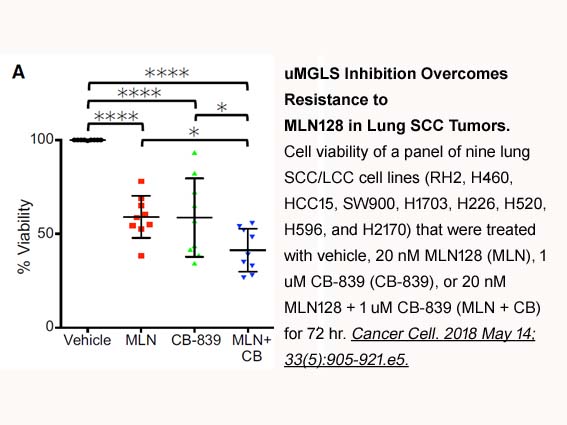
Experimental Acknowledgment Introduction The NADPH-dependent reduction of d-glucose catalyzed by aldose reductase (E.C.1.1.1.21) (AR) is considered as one of the phenomena leading to the onset of long term diabetic complications [as review see: [1], [2]. In fact, the reduction of the sugar,
-
br Materials and methods br Results br Discussion Wound
2025-03-03
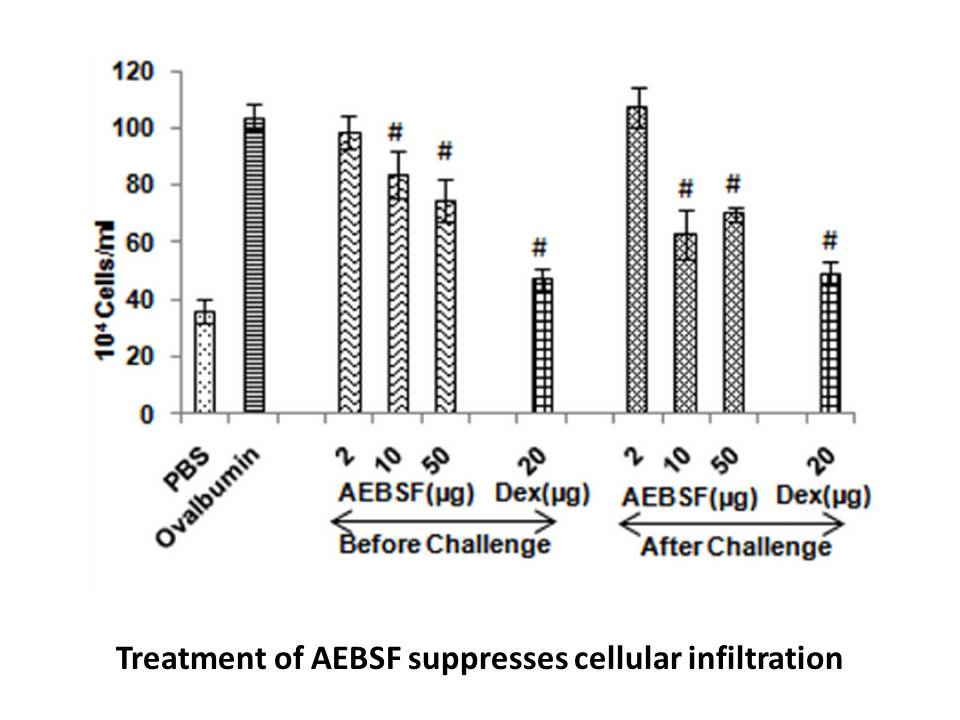
Materials and methods Results Discussion Wound healing of the human cornea is a complex process that requires cell migration and proliferation. Corneal wound healing is characterized by major changes in the composition of the ECM such as a massive transitory secretion of fibronectin combine
-
br Translational Considerations Targeting the
2025-03-03
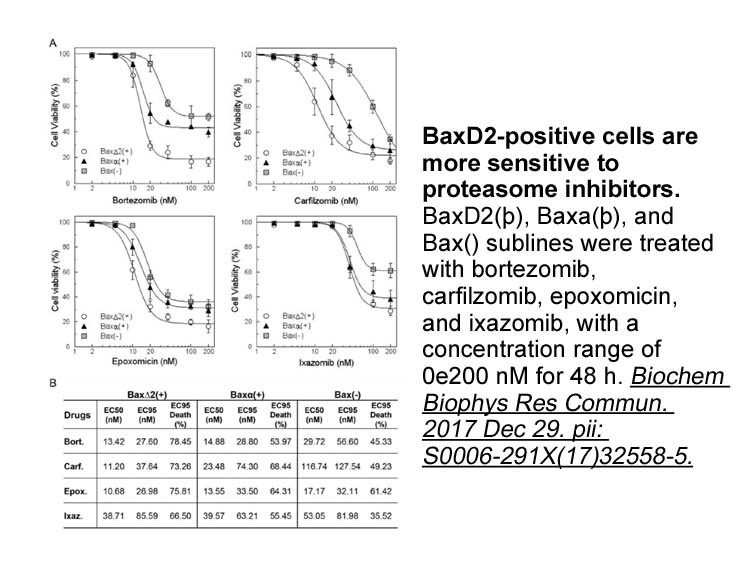
Translational Considerations Targeting the AHR Pathway Modulating AHR function offers exciting therapeutic potential in host immunity and inflammation. However, the emerging concept of AHR function in a cell type-specific manner, combined with differences between AHR activation in cell culture in
-
Application of the broad acting HTR antagonist methiothepin
2025-03-03
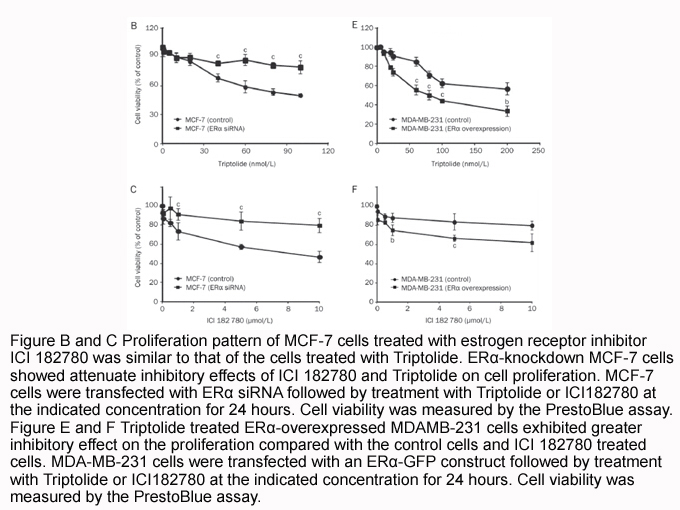
Application of the broad-acting 5-HTR antagonist methiothepin (Bard et al., 1996, Hoyer et al., 1994, Peroutka, 1990) converted the TBS-induced response of both thalamocortical and intracortical A1 synapses from LTP to LTD, an effect that was mimicked by the selective 5-HT2R antagonist ketanserin (L
-
The same applies also to intermediate formally obtained by e
2025-03-03
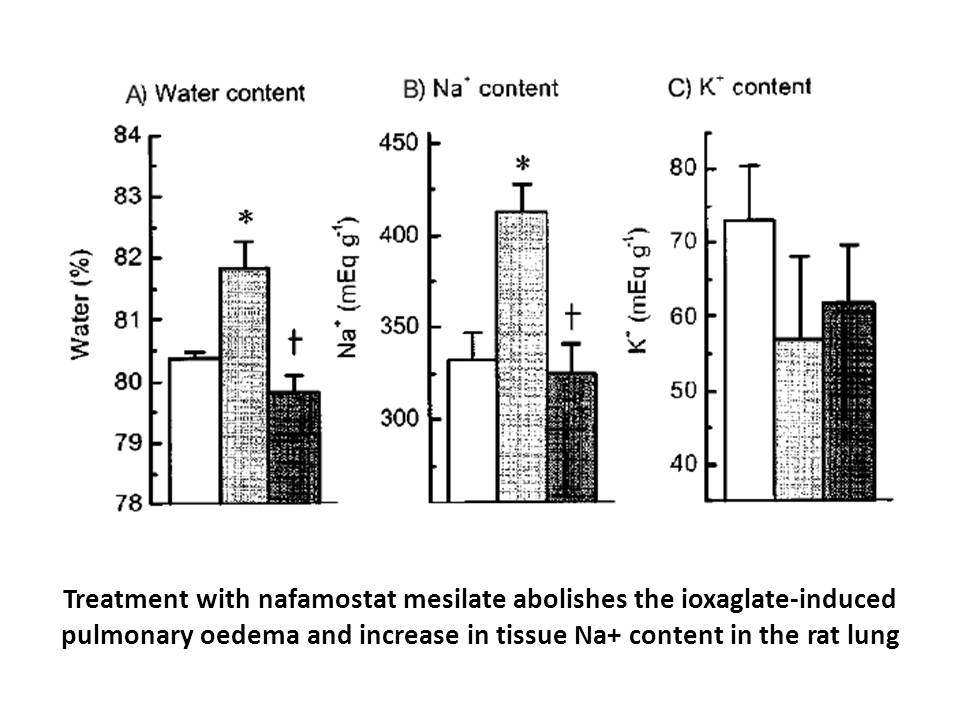
The same applies also to intermediate , formally obtained by elimination of the R substituent from compound . If compared to the thienopyrimidine derivatives (series , C), the thieno[3,2-]pyridazin-5(4H)-ones – explored herein seem to maintain similar size and shape and also analogue structural char
-
That disassembling actin filaments transport chromosomes tow
2025-03-03
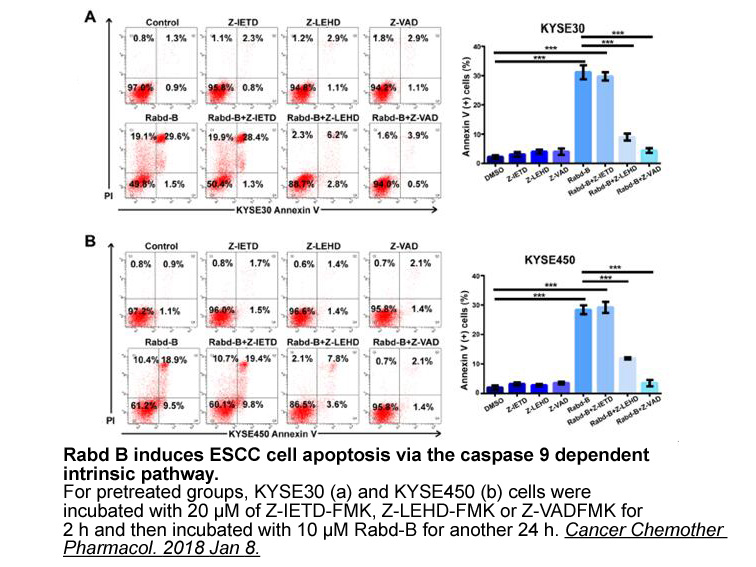
That disassembling 67 8 filaments transport chromosomes towards the spindle in oocytes may be surprising at first sight. On the other hand, it is well established that chromosome movement during anaphase is driven by the depolymerization of microtubules [20]. It will be interesting to investigate t
-
Regarding the HT B receptors they act as
2025-03-03

Regarding the 5-HT1B receptors, they act as terminal receptors and are involved in the presynaptic regulation of the release of 5-HT. But at spinal level these receptors are principally situated post-synaptically (Sari, 2004). The ability of autoreceptors to regulate extracellular levels of 5-HT dur
-
dna-pk inhibitor br COPD As in asthma also
2025-03-01
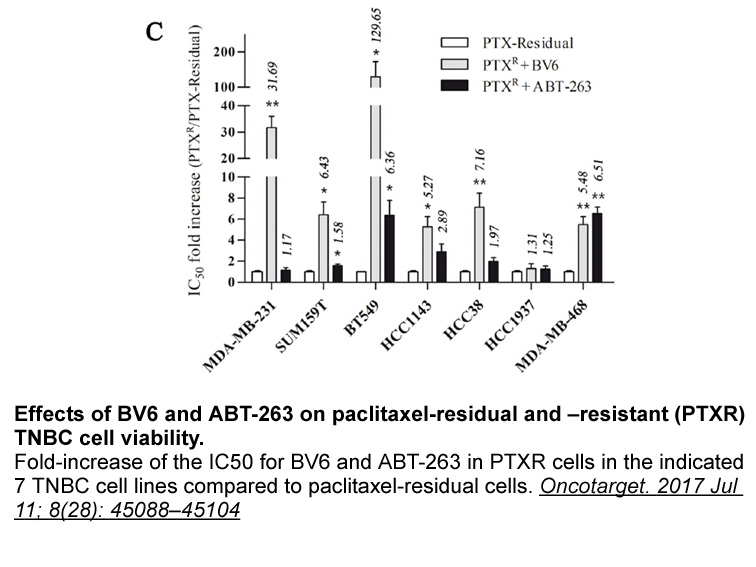
COPD As in asthma, also in COPD, increased expression of arginase has been reported, and tobacco smoke may increase expression of arginase in human subjects [46, 47]. Increased ADMA levels have also been reported in COPD, and both the increased expression of arginase and ADMA contribute to remode
-
This study evaluated the anti tumor influences
2025-03-01
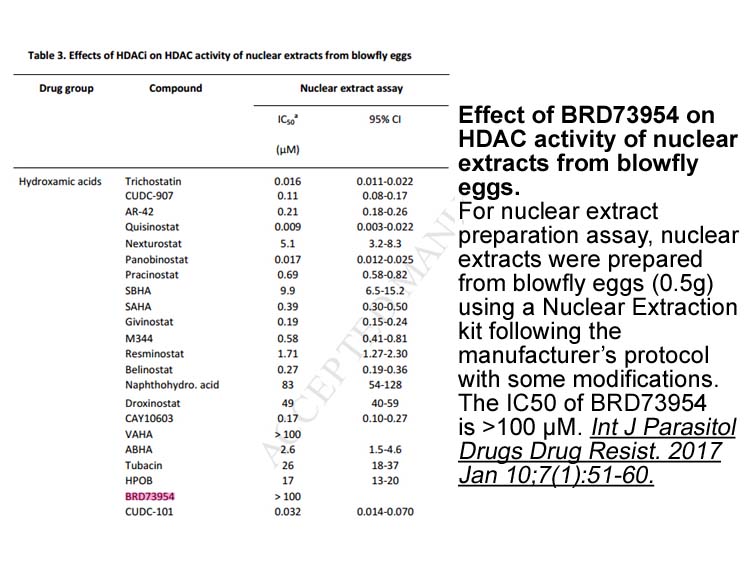
This study evaluated the anti-tumor influences of LA against HepG2 (Z)-4-Hydroxytamoxifen in vivro, and investigated the molecular mechanisms of inducing apoptosis. Overall, our studies suggested that LA is a promising anti-cancer drug and a possible novel therapeutic agent directed toward the mito
-
Although the gene that encodes
2025-03-01
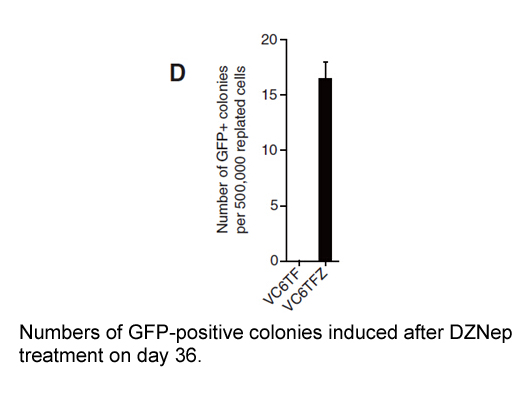
Although the gene that encodes DHFR has been strongly conserved during evolution, subtle differences in the active sites of bacterial, human and parasite Octreotide acetate have been exploited to develop DHFR inhibitors specific to particular pathogens 1, 3. For example, pyrimethamine and cycloguan
-
br Nanoparticle Conjugated Topoisomerase Inhibitors The safe
2025-03-01
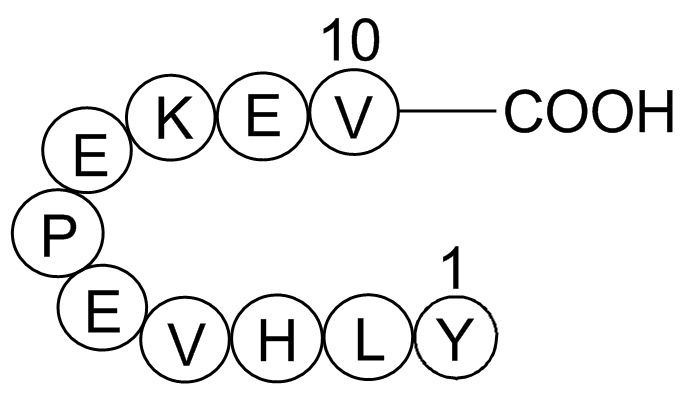
Nanoparticle-Conjugated Topoisomerase Inhibitors The safety and efficacy of topotecan administered as LDM or MTD have been evaluated in several preclinical studies and a few clinical trials whose results showed that there can be significant adverse effects likely precluding its use in patients [5
-
Immunohistochemistry in tissue samples showed the
2025-03-01
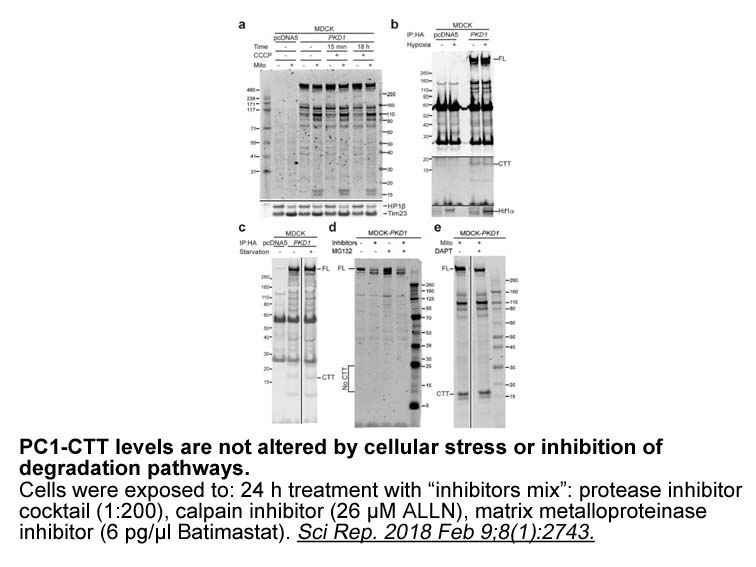
Immunohistochemistry in tissue samples showed the expression of several nuclear receptor co-activators, including NCOA1, NCOA2, NCOA3, CREBBP, and EP300, in 85–100% of THZ1 Hydrochloride tumors even some of which lacked AR expression (Boorjian et al., 2009). Knockdown of each co-activator also resu
-
br STAR Methods br Author Contributions br Acknowledgments T
2025-03-01
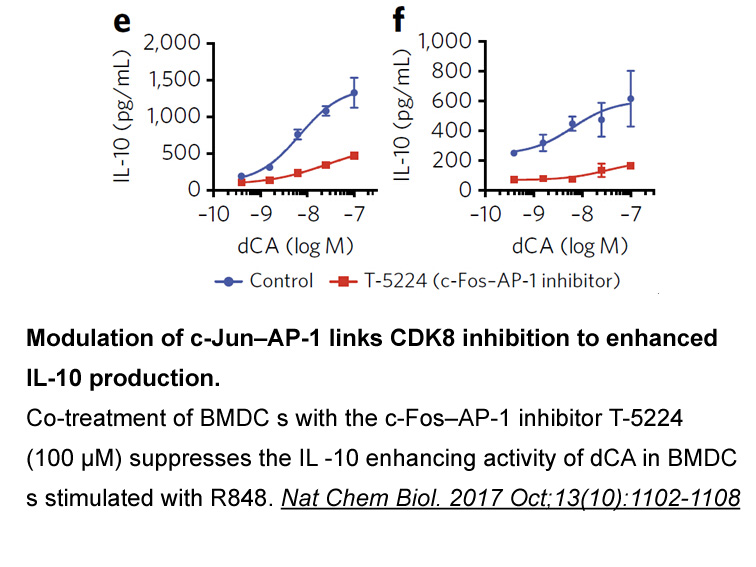
STAR★Methods Author Contributions Acknowledgments This study is funded by National Institutes of Health (NIH) Grants NS028901 and DC004450 (to L.O.T.); N.L. Tartar Trust Fellowship (to H.-W.L.); DC014878 to T.S.B. We thank members of the Trussell lab for helpful discussions, Dr. Stephen Dav
-
br Materials and methods br Results br Discussion Prostate c
2025-03-01
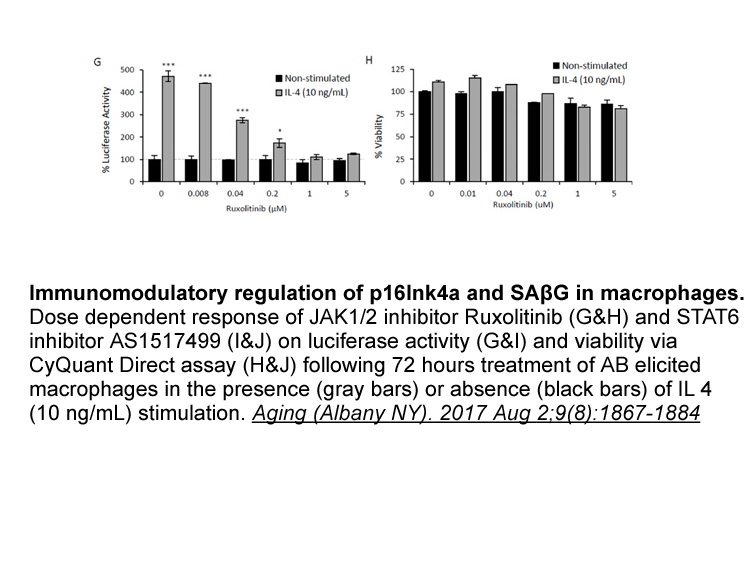
Materials and methods Results Discussion Prostate cancer is the most common cancer in men in the United States and the second leading cause of cancer death. Therapeutic interventions include mainly: radical prostatectomy or radiation therapy (RT), with or without androgen deprivation therap
-
Gonadotropin-releasing hormone Our studies also reveal the
2025-03-01
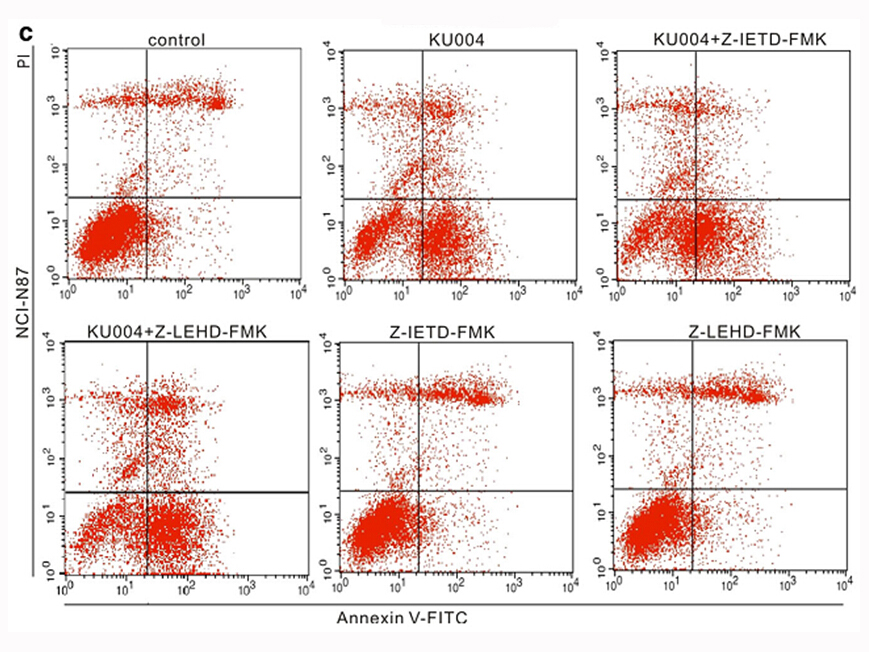
Our studies also reveal the normal functional roles of the MIR. Interaction between the MIR loop and the N-terminal α helix nucleates conformational maturation of AChR subunits, thereby promoting assembly of mature AChRs [52], [55]. This interaction in homologous parts of all AChR subunits appears t